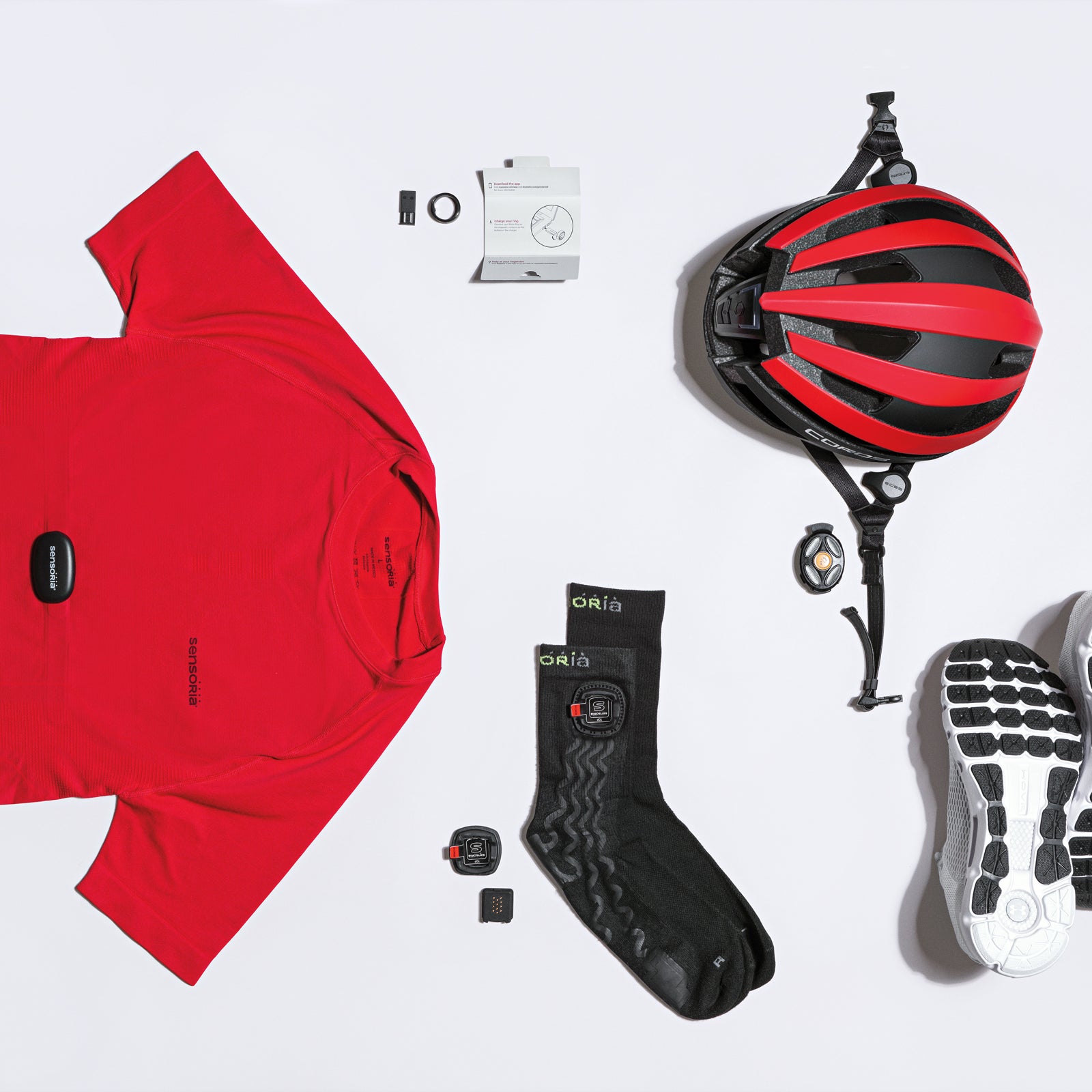Innovations in smart clothing, an industry projected to hit $4 billion by 2024, have made it easier than ever to monitor metrics like heart rate, cadence, and pace. Shirts, socks, and accessories now come loaded with sensors to help optimize your training. I tested some of the latest offerings, and they blended so seamlessly into my workout kit, I felt like a cyborg.╠ř
Myzone Compression Shirt and MZ-3 Tracker ($70 and $150)
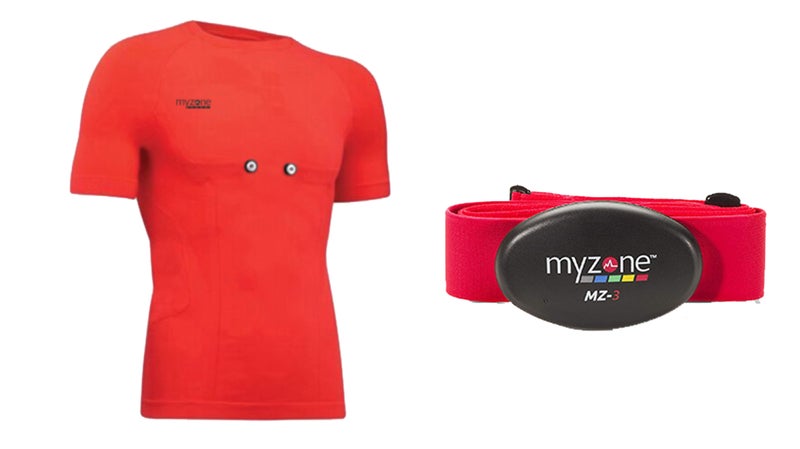
Myzone wants to replace your chest strap with this sleek . Just snap the to the front, pair with the app (Android and iOS), and get real-time readings from sensors embedded in the shirt. Or ditch your phone and upload stats later; the MZ-3 stores up to 16 hoursÔÇÖ worth of activity data. Warning: the shirt needs to be skintight to pick up a signalÔÇönot ideal for self-conscious gymgoers like myself.
╠ř
Motiv Ring Fitness Tracker ($200)
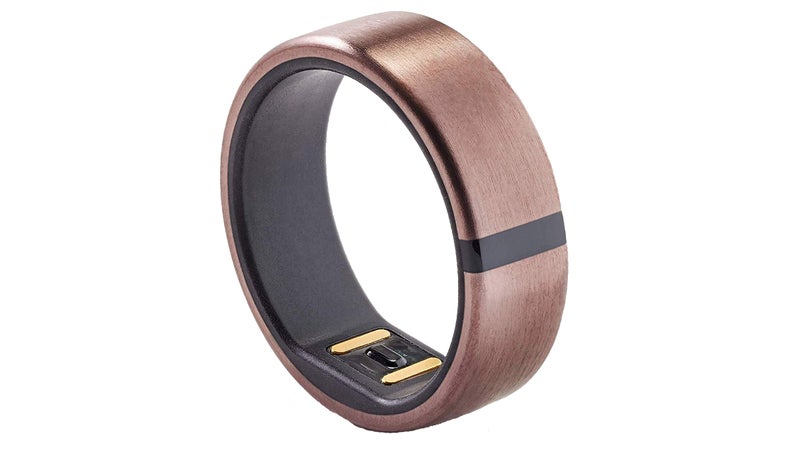
The discreet records distance, active time, calories burned, sleep, and more using a tiny three-axis accelerometer and optical heart-rate sensor. Though it can be uncomfortable to wear when gripping or lift┬şing, itÔÇÖs ideal for cardio: I used heart-rate and step data to gauge my recovery from training sessions. It also includes three daysÔÇÖ worth of internal memory, and twisting the Ring around your finger triggers a ÔÇťfind my phoneÔÇŁ feature (Android and iOS).
Sensoria v2.0 Smart Socks ($199)
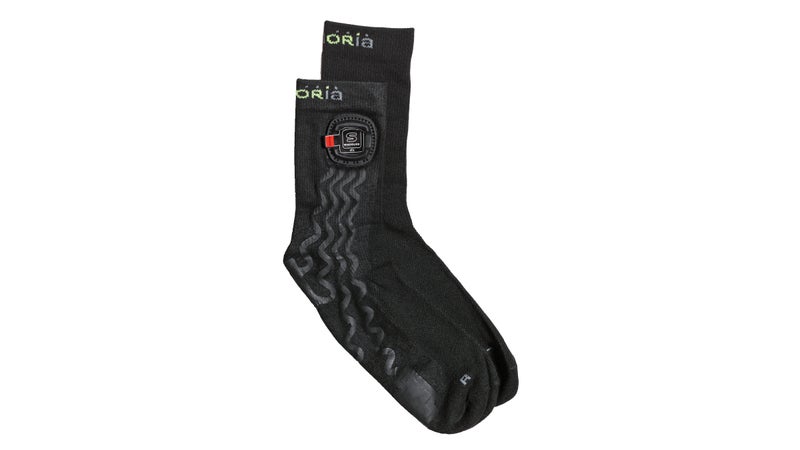
These are embedded with under-foot sensors and a detachable chip that tracks running distance, speed, elevation change, steps, cadence, and foot strike when paired with the mobile app (iOS). The app can also provide feedback on running form and performance via optional real-time audio cues, but╠řI found those more annoying than helpful.
Coros SafeSound Helmet ($200)
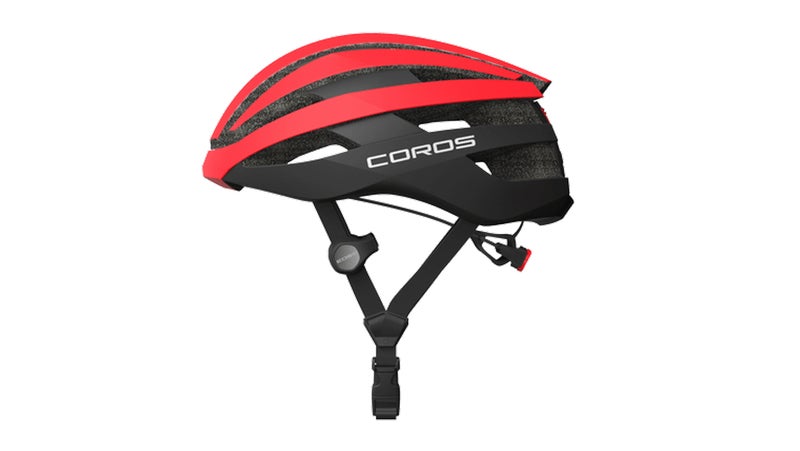
This comfortable, attractive includes safety features like open-back headphones (you can listen to music and still be aware of your surroundings) and an emer┬şgency alert system that automatically sends your GPS coordinates to a list of contacts in╠řthe event of an impact. Weighing in at 11.3 ounces for a size medium, itÔÇÖs heavier than most bike lids. But for many riders, thatÔÇÖs a small price to pay for peace of mind.
Under Armour HOVR Infinite Shoes╠ř($120)
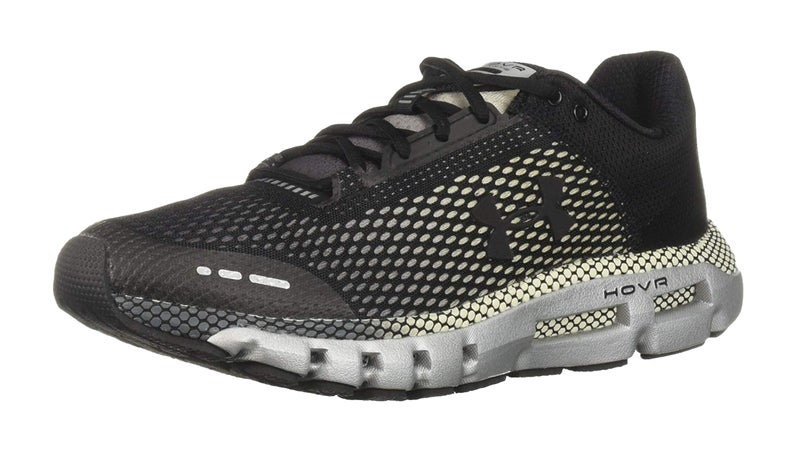
With a sensor in the midsole, this tracks distance, pace, duration, stride length, cadence, and splits when synced with the app (Android and iOS). Check in during or after a run for data analysis and gait coaching. Bonus: according to Under Armour, the battery will outlive the shoeÔÇöno charging necessary.
Everysight Raptor AR Smart Glasses ($600 and Up)
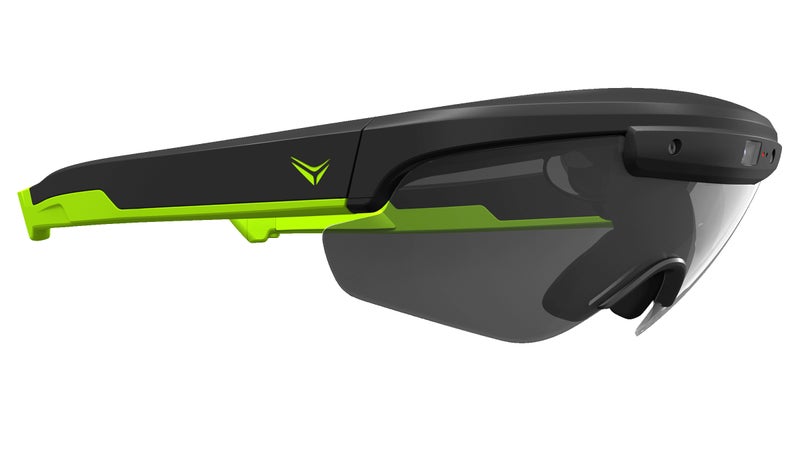
With augmented-reality cycling shades, you never have to take your eyes off the road. Directions and real-time metricsÔÇöincluding speed, mileage, and lapsÔÇöare projected directly onto the lens. ItÔÇÖs pricey, but╠řthe list of splashy features also includes speakers on the temples and an HD camera for POV photos and video.


